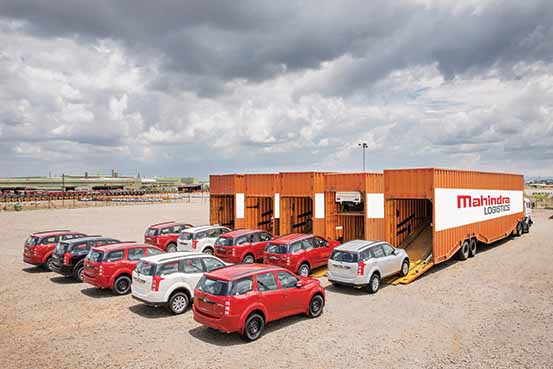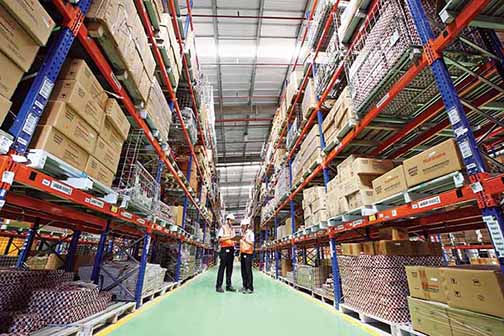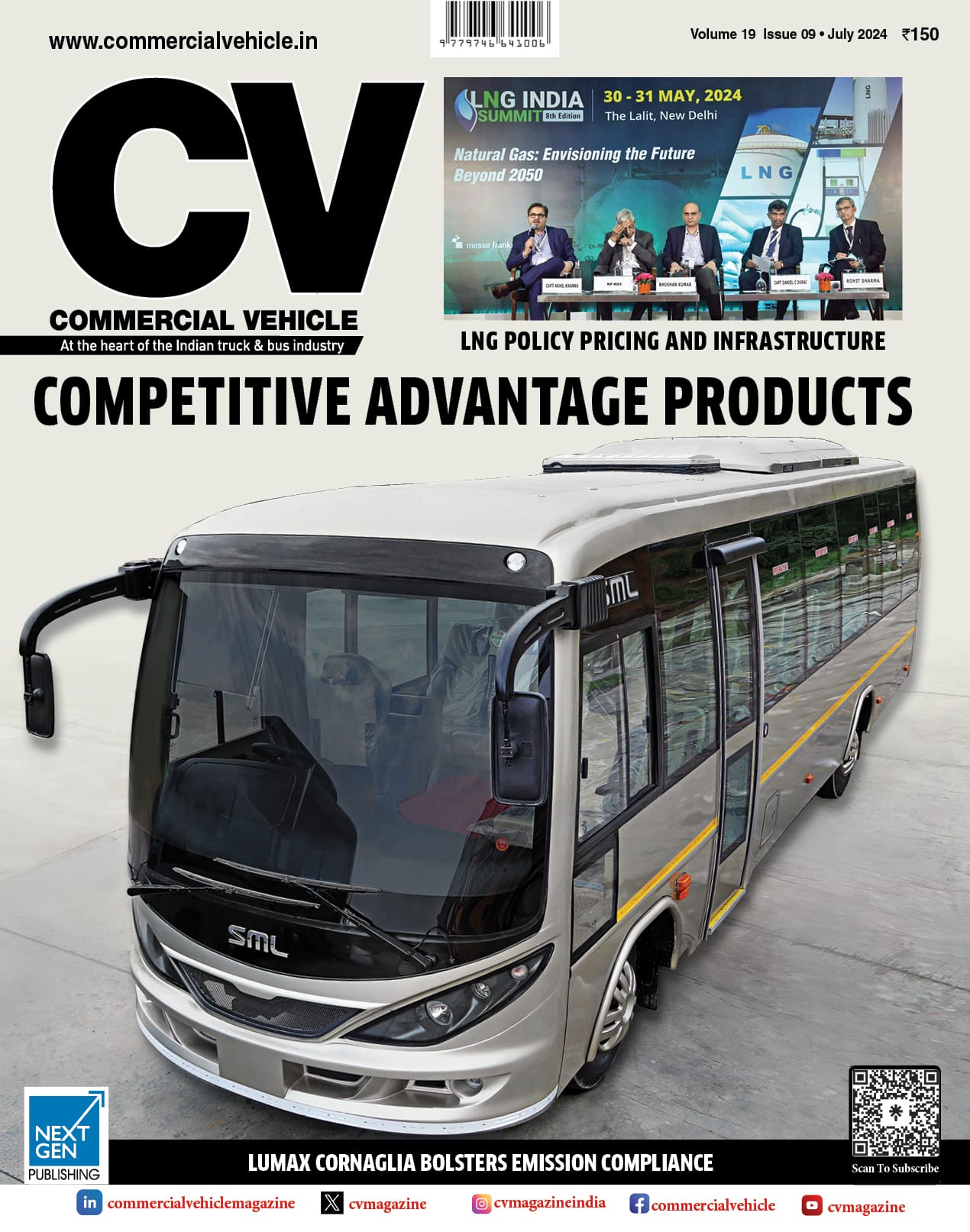Story by: Gunjan D. Bidani
The Third-Party Logistics (3PL) offerings from logistics companies are typically characterised by an asset-light business model, end-to-end logistics, value-added services and scalable, flexible and customised solutions. A vast resource network, high return ratios and use of latest technology are some of the key attributes. With the global market for 3PL estimated to reach US $1.3 trillion by 2024 with a CAGR of about 20 per cent over the period of 2019 and 2024 according to a Crisil study, there is little doubt that there is a huge potential for 3PL players in most parts of the world to grow. As a leading automotive logistics service provider in India, Mahindra Logistics Limited (MLL), in an effort to keep up with the demand, is diving deep into the complexities of supply chain architecture of Original Equipment Manufacturers (OEMs). It is counting on its comprehensive and integrated suite of solutions spread across the realms of inbound transportation, and production supply chain for OEMs, component manufacturers and engineering companies to challenge the status quo. According to Sushil Rathi, COO, Mahindra Logistics Limited (MLL), efficient logistics management can well be deemed as a survival factor for an automotive company and is the backbone of any large economy. “Logistics plays a key role in the lifecycle of a vehicle,”he mentioned. Stating that the 3PL concept has actually originated from the automotive sector,” Rathi explained, “Right from the first step which involves shipping of components to a manufacturing plant, storing them, feeding them to the assembly line, and delivering the end product (an automobile) to the market, it is all about logistics,” he opined.
Dealing with more than 475 different clients and locations, MLL offers value-added services like warehousing solutions, stores and line-feed services, yard management, large contractual workforce management, Just-in-Time (JIT) services, aftermarket logistics, return logistics, layout and process design. The company additionally offers technology enabled people transportation solutions and services to domestic and multinational corporates across IT, ITeS, business process outsourcing, financial services, consulting and manufacturing industries. With an employee count of approximately 15,800, the services the company offers are spread across various sectors like automotive, e-commerce, consumer durables, pharmaceuticals, steel and bulk cement.
Clocking an estimated revenue base of Rupees 34 billion in FY2018-19, MLL, in-line with the transformation in the logistics sector, effected many changes to its business model. It moved up to gain a pan India presence. It also acquired an ability to offer scalable and flexible solutions, and to cultivate a solutions-driven capability apart from implementing technology. Focusing on cost-effective solutions and professional management, it aligned itself well with the rising emphasis of the government on the logistics sector. Successfully completing a trial run on the Eastern and Western dedicated freight corridor, MLL took into account the load capacity increase for heavy vehicles by up to 25 per cent post the announcement of the new axle norms.
Banking on favourable investments, regulatory policies and infrastructure projects, the company is closely following the technological developments that could change the game and cause much disruption. It is looking at Internet of Things(IoT) and technologies like Radio Frequency Identification Devices (RFID) that are known to improve the efficiency and productivity outcomes in manufacturing operations. With Turn Around Time (TAT) the key performance indicator, and resulting in a significant rise in logistical efficiency, Rathi informed that he is seeing warehouse robotics, automated guided vehicles and the IoT as some of the latest technological trends in the logistics sector. “The procurement and adoption of an advanced supply chain planning and optimisation software is no longer an expensive proposition with the advent of cloud. The cloud has transformed the landscape of supply chain technology,” he concluded.






























